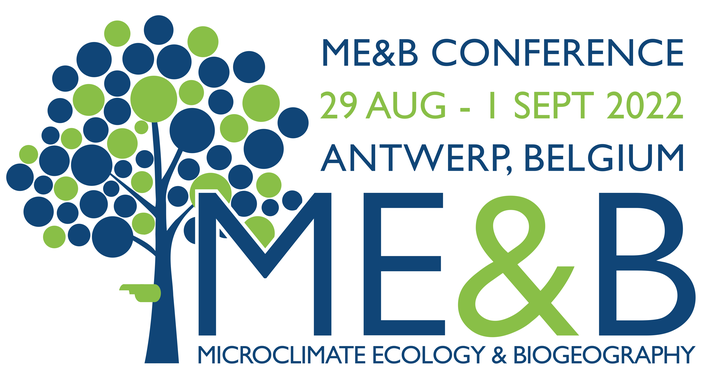
Abstract
The frequency and intensity of extreme climatic events such as heatwaves and droughts is predicted to increase with intensifying climatic change, threatening ecosystem communities and functions. Forests have been shown to effectively buffer the frequency and the severity of temperature extremes below the canopy and thus protect the ecosystem from large climatic fluctuations. Moreover, tree species richness is expected to promote forest functions like productivity via enhancing complementary canopy space-filling and complementarity in leaf phenology. Therefore, one would expect tree species richness to increase the forest canopy climatic buffering potential by increasing standing tree volume, canopy space-filling and leaf phenological asynchrony. However, the relative importance of these mechanisms for microclimate buffering remains unknown. Here, we tested the effects of tree species richness on air temperature buffering potential in a forest Biodiversity-Ecosystem Functioning experiment (BEF China). Our analyses show that tree species richness increased air temperature buffering by both, preventing temperature extremes. At the yearly scale, we show tree species richness increases forest temperature buffering via increasing tree biomass. At the monthly scale, however, tree diversity increased temperature buffering by increasing leaf cover but reduced temperature buffering by increasing leaf phenological asynchrony. We show that tree diversity controls microclimatic conditions under the canopy by enhancing canopy closure, and therefore, the buffering layer between macro- and microclimate. We suggest that this protection of the below-canopy communities and processes from macroclimatic fluctuations and extremes is one of the key mechanisms enhancing forest ecosystem stability.
